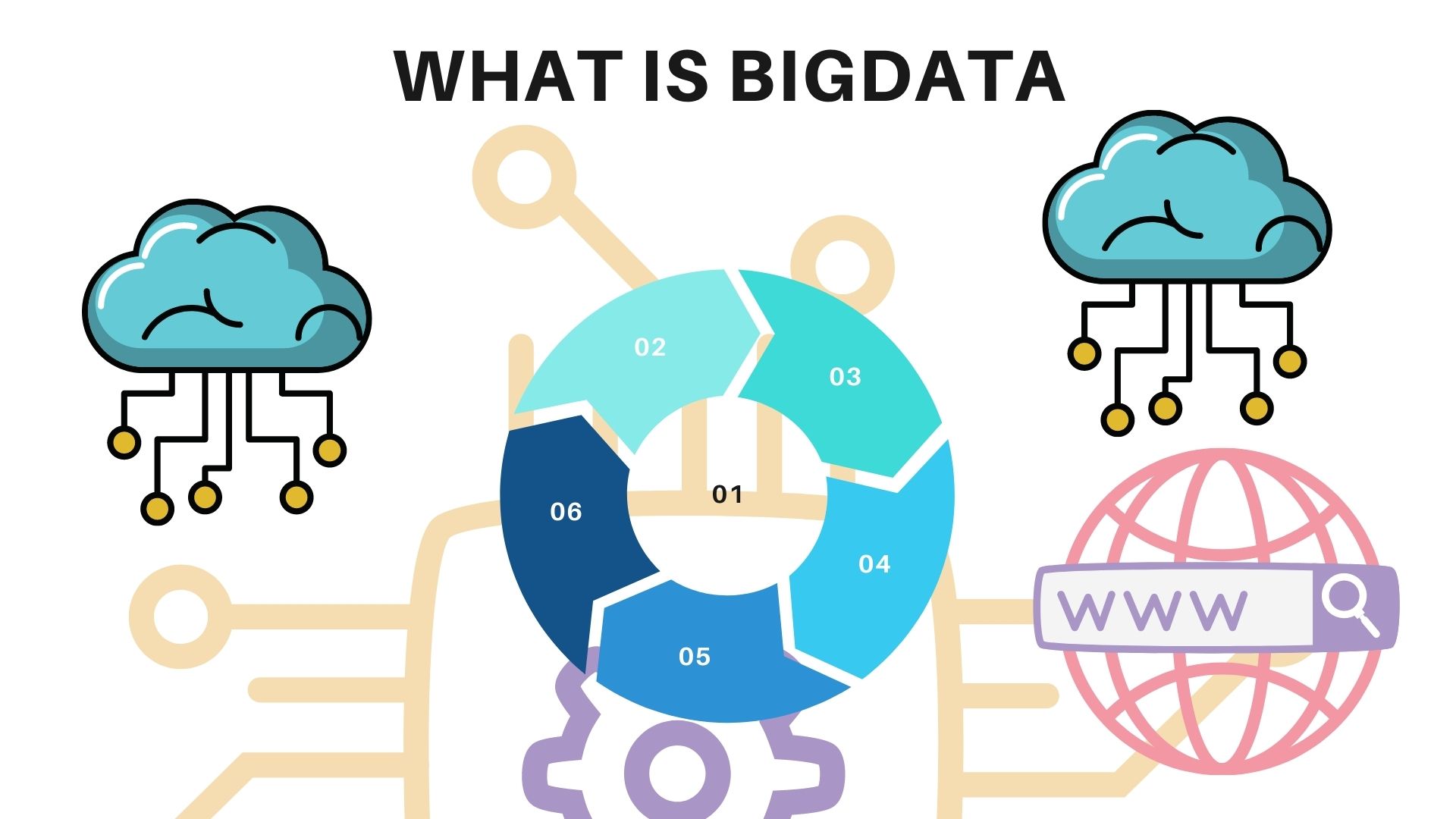What Is Big Data?
Big data refers to very large data sets that traditional database management or information management tools cannot actually use. This is because we generate about 2.5 trillion bytes of data every day. The messages we send to each other, the videos we post, weather information, GPS signals, transaction records for online purchases, etc.
Information everywhere. This data is called big data or bulk data. Initially, Yahoo (including Facebook and Google) was the first web giant to deploy this type of technology. Big data is not derived from the rules of all technologies, it is also a dual technology system.
It actually brings benefits, but downsides can also occur. To make more informed decisions about your adoption strategy, big data is based on the principle that the more information you have about an object or situation, the better you can predict what will happen in the future, and your knowledge is generally more reliable.

What is big data considered?
Comparing different data over time can help you find relationships that don’t exist at first glance. So, through these relationships, you can learn (from customers, for example) and make smarter decisions.
This is usually done through the process of creating a model based on the collected data, then simulating, adjusting data values, and continuously monitoring the impact on the results.
Previously, any data that could not be stored and classified in a spreadsheet or database was considered too complex for analysis and was often ignored. Thanks to advances in computing today, we can work with a variety of data. This data can be an image database, video, audio file, written text, etc.
What are the characteristics of big data?
The use of big data has several functions. Or rather, it’s a 5V problem.
- Very fast data transfer rate;
- The amount and size of data from which sources can vary widely;
- It can be varied, different types of data
- (structured, semi-structured and unstructured data).
- Variability representing the different ways big data can be used and formatted.
- It’s the value this data adds to your business.
Advantages and Disadvantages of using Big Data
As mentioned earlier, the use of big data enables businesses and other organizations (public and private) to make more efficient and smarter decisions. In addition, using big data has the following advantages:
- Cut down the money;
- Creation of new products and services that are improved or improved to meet the diverse needs of customers;
- The ability to receive real-time feedback;
- Better knowledge of the market.
So you can be confident that the use of big data can be very beneficial for your organization. But big data is also a source of some of the major problems of this century, primarily confidentiality and privacy.
Therefore, it is worth considering a number of drawbacks and drawbacks related to big data.
Data privacy: The security of stored data has been compromised due to the risk of digital spying.
Data manipulation: Personal data must be collected for specific, explicit and legitimate purposes, but not everyone takes this law into account.
Nevertheless, big data seems to be constantly opening new doors to improve the performance of economic sectors.

